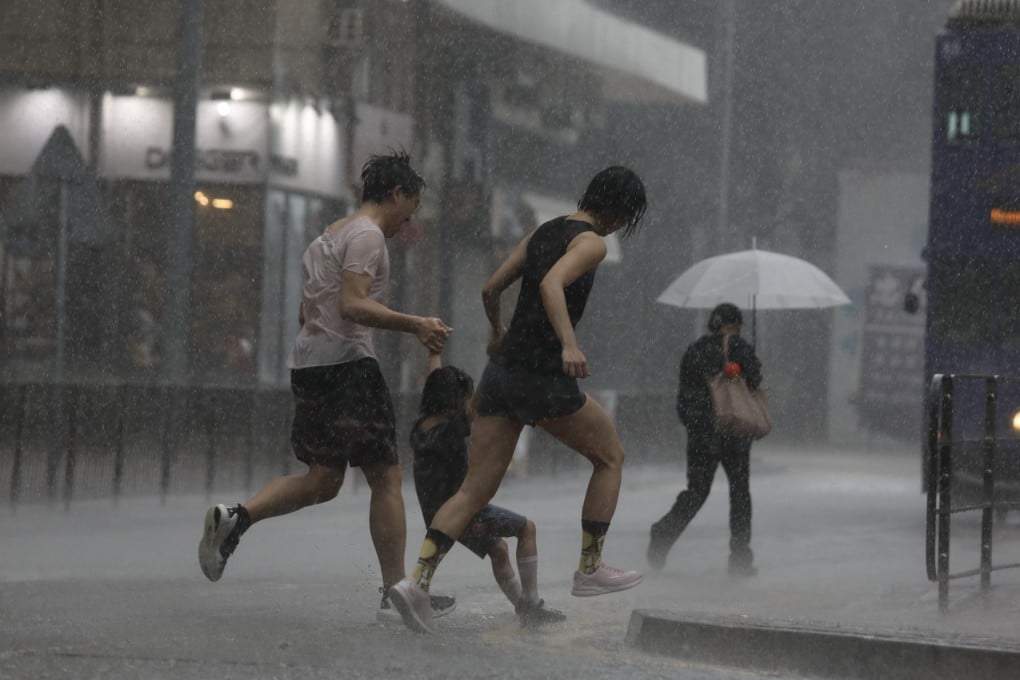How are typhoons tracked? Inside Hong Kong Observatory’s fight to predict extreme weather events
- Even with AI at the helm, extreme weather forecasts are only reliable around 3 days in advance – so how are the weather watchers working to keep us safe?

You may find yourself on a Hong Kong beach, and you may find yourself under a blistering blue sky. And you may ask yourself, what’s this weird light in the sky?
Though there’s not a breath of wind, the sea froths, rises a metre or two, then surges. The shoreline deflates then another line of surf develops, and the water surges again. If you are acquainted with local weather lore, you may know there is probably a typhoon just out to sea, and it is probably inbound.
Nowadays, you can just take out your phone and check one of the various weather apps that provide locations, predicted movements and intensities of typhoons and other storms. These apps also feature real-time satellite and radar images, plus forecasts of winds and rain more than a week ahead.
Looking at a typhoon track predicted by an immensely powerful computer – which might have a million or more processors, compared with the two or four in your desktop – it would be easy to think this information is definitive. But a track from another computer model may disagree, and the actual outcome could differ from either of them.

“A fearful rain storm occurred at Hong Kong on May 29,” reported The Argus in Australia in June 1889. “The centre of the town is described as being simply a wreck […] Tramcars and tramlines were washed away […] Every street was flooded.” The Hong Kong Observatory reported hundreds of landslides on Hong Kong Island and at least 27 people killed.